Landing Pages vs Web Pages: A SaaS Company’s Guide for Choosing the Highest Converting Asset
Last updated: December 14th, 2023
Landing pages or web pages: where should you send traffic to during your next PPC marketing campaign?
This is a common question we hear from SaaS companies we work with. In fact, it’s a question they sometimes agonize and obsess over. This is because the answer can often be more nuanced than clear cut.
For some businesses, landing pages aren’t always the highest-converting assets. We’ve found instances where PPC ad traffic converts well to an existing part of your website. At the same time, we’ve also seen cases where the opposite is true.
Answering this question calls for you to consider two critical factors that are unique to your business:
- The annual contract value of the SaaS product you’re selling.
- The current state of your existing website.
In this article, we’re going to explain why those factors matter when deciding between landing pages or web pages. And if you decide a landing page is right for your next campaign, we’ll cover a checklist of priorities to help you create one that converts visitors into qualified leads.
But first, let’s talk about the main differences between landing pages vs web pages.
Does your SaaS business need help planning and executing your next PPC campaign through search or social media? Then, reach out and get your Free Marketing Plan today.
Landing Pages vs Web Pages: What’s the Difference?
When deciding between landing pages or web pages, it’s useful to understand the specific purposes served by both.
Let’s start with landing pages. A landing page is a useful tool for controlling the conversion path from start to finish. Unlike web pages, landing pages don’t have navigation bars or menus, which prevents visitors from being overwhelmed by choices.
An effective landing page captures a visitor’s attention, keeping them engaged in the flow it intended. Aside from controlling the conversion path, landing pages are also valuable testing grounds for companies considering changes to their website.
Good websites, meanwhile, present users with a choose-your-own-adventure experience. Their web pages let prospects decide what they need to do and where they need to go next on their own. At the same time, they’re structured with conversion in mind. A well-designed website typically sees conversion rates that are greater than or equal to 1%.
Websites that do a less than stellar job of lead generation usually need a separate landing page. The most common reason a company might create a landing page is to bypass a complicated website.
Two Factors to Consider When Deciding Between Landing Pages vs Web Pages
If you’re not sure whether to send digital marketing traffic to a landing page or an existing web page, then this next section will help. There are two questions you should ask yourself before you begin your next campaign:
- How well does your current website convert?
- Is the SaaS product you sell high or low-annual contract value?
Now, there is a caveat to the question about ACVs. In some cases, it might make sense to break some of the rules we’ll cover in the second section below. But asking yourself these questions will help you decide which asset to choose for your next campaign.

How Well Does Your Current Website Convert?
If your website’s existing conversion rate is above 1%, then it is likely good enough to send traffic to. Anything below would be suboptimal for driving PPC traffic to.
Let’s look at one of our clients, Structure Studios, as an example. They offer SaaS products for home improvement contractors that transform outdoor 2D drawings and blueprints into 3D renderings.
When they came to us, we began with SEO efforts to optimize their highest value product page for search engines. In doing so, we strengthened their page by adding in compelling details that spoke to the pain points of their target audience. And as a result, we were able to get an acceptable conversion rate (>1%), which allowed us to drive traffic to that existing web page.
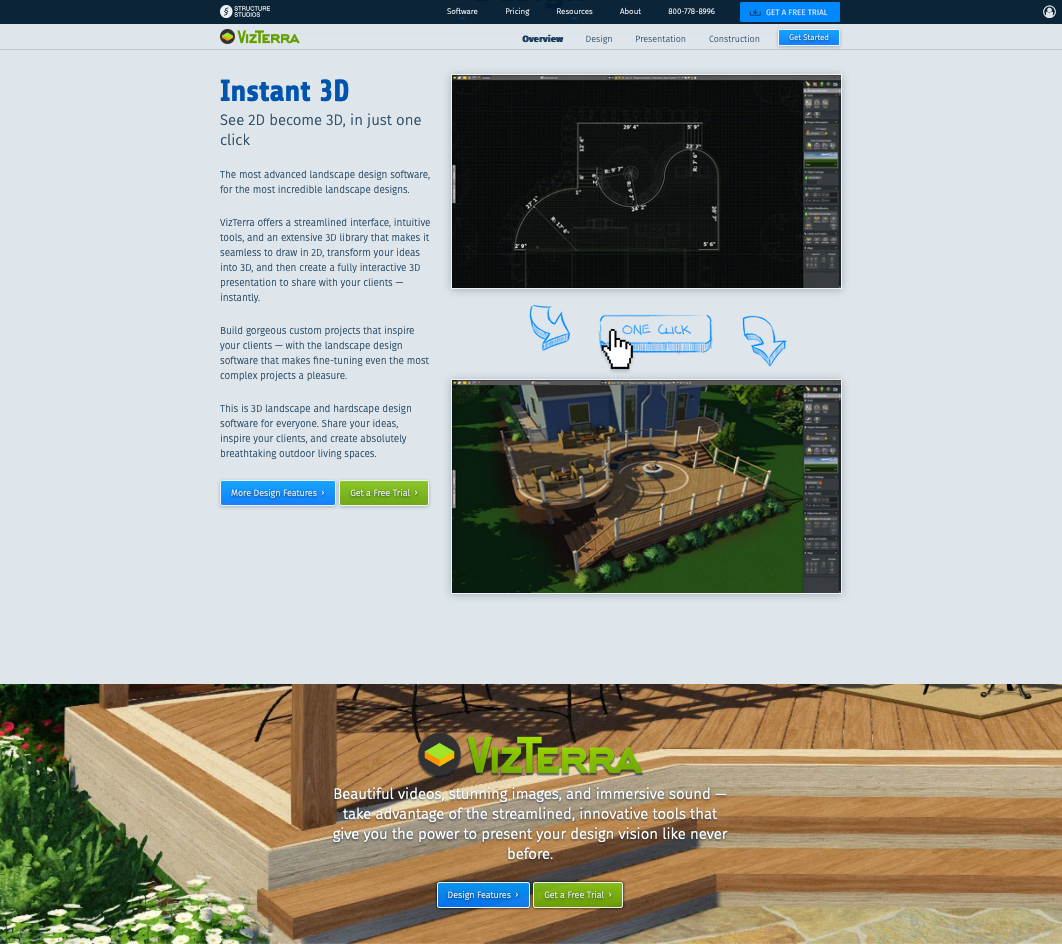
If your answer to this question is a conversion rate less than 1%, then create and use landing pages. But if your answer is greater than or equal to 1%, move on and ask the next question, too.
Is the SaaS Product You Sell High or Low-Annual Contract Value?
A general rule of thumb is landing pages work best for products that have low ACVs. So with that in mind, here’s how the logic plays out:
- If the product is low ACV, build a landing page.
- If the product is high ACV, drive traffic to your existing website pages.
As we teased earlier, there are caveats to this rule. For example, we worked with one company that sells a high-ACV SaaS product. When they came to us, they had just redesigned their website but without any user testing, and as a result, their conversion rates dipped.
Facing the challenges of a limited website and a high-ACV product, we decided to break our rules. Normally we’d send traffic to web pages for clients with high-ACV products. But in this case, we built landing pages that gave visitors a better user experience. At the same time, we included a call-to-action to a de-risked offer.
A de-risked offer is a deal that has both a limited downside and a high upside. In the case of this company, they had previously offered visitors a chance to sign-up for a 30-minute demo. But to increase conversions, we encouraged them to offer an on-demand demo instead.
The on-demand demo was enough to entice visitors because it gave them the information they needed right away. And as a result, the landing page for this high-ACV product was an exception to this rule. It generated conversion rates of around 40% for our client.
What’s Next?
By now, you should have a clear idea of what you need to do. If you have a great website and a high-ACV product, then send traffic to your existing web pages. You can make optimizations to your website by following some of the best practices from our Authority Architecture Framework.
But if you’ve decided that a landing page would best serve your marketing strategy, then keep reading. The next section of this article is for you.
Your Checklist for Building Landing Pages That Convert
At this point, you’ve decided you need a good landing page. But now you face a whole set of new concerns like:
- What should my landing page say?
- How do I build a landing page that stands out from everything else on my website?
In this section, we’re covering the top three priorities to focus on when building a landing page. They’re listed in order of importance. Address them one after the other and you’ll be able to create an ideal landing page that can turn your visitors into qualified leads.
Landing Page Priority #1: User Analysis
Most SaaS companies overwhelm themselves with landing page design first. Whether it’s testing 100-different headlines or collecting dozens of examples of social proof, they overthink this part of the process.
Those things are important. But what’s more important is considering how potential customers behave when they land on your page.
The best landing pages incorporate an analysis of visitor behavior and how long it takes for them to become a customer. Once that’s understood, then you can plan what kinds of elements your landing page should include.
During this analysis, it’s important to evaluate your SaaS product’s buyer personas. Know the characteristics of the avatars you’re targeting with your landing page. They usually break down into the following three groups:
- Decision-Makers
- Check-Signers
- Daily Users
For example, as a marketer that falls under the daily user column, I often don’t enjoy when I’m sent to landing pages for marketing SaaS products. That’s because most landing pages don’t give me what I need to make my buying decision. Instead, they’re more concerned about convincing me to sign up for their free trial or demo.
With that in mind, a company that wants my business would be best served to analyze the pain points of marketers like me. If they understood that we need information on product features like integrations or pricing, then that’s information they should include on their landing page.
If you want a landing page that converts, thinking about your audience and how it behaves is crucial. Use heat mapping to understand how visitors interact with your landing pages. Tools like Hot Jar or Crazy Egg can help.
Landing Page Priority #2: Write Great Copy
By now, most SaaS companies would think that web design would enter the picture. But we say not yet. Your copy should take precedence at this point in the process.
Guiding prospects through the buying journey isn’t easy. To do so successfully, you have to clearly communicate the value of your SaaS product. That’s why your messaging is important as it can have more influence than anything else, including your landing page’s design.
Writing great copy is a lot like piecing a puzzle together. When we write, we follow our “pros without cons” framework. This framework calls for you to talk about a product’s benefit relative to the major pain point it solves.
In four simple steps, this is how we think about writing good copy.
Step 1: Draft the Headline
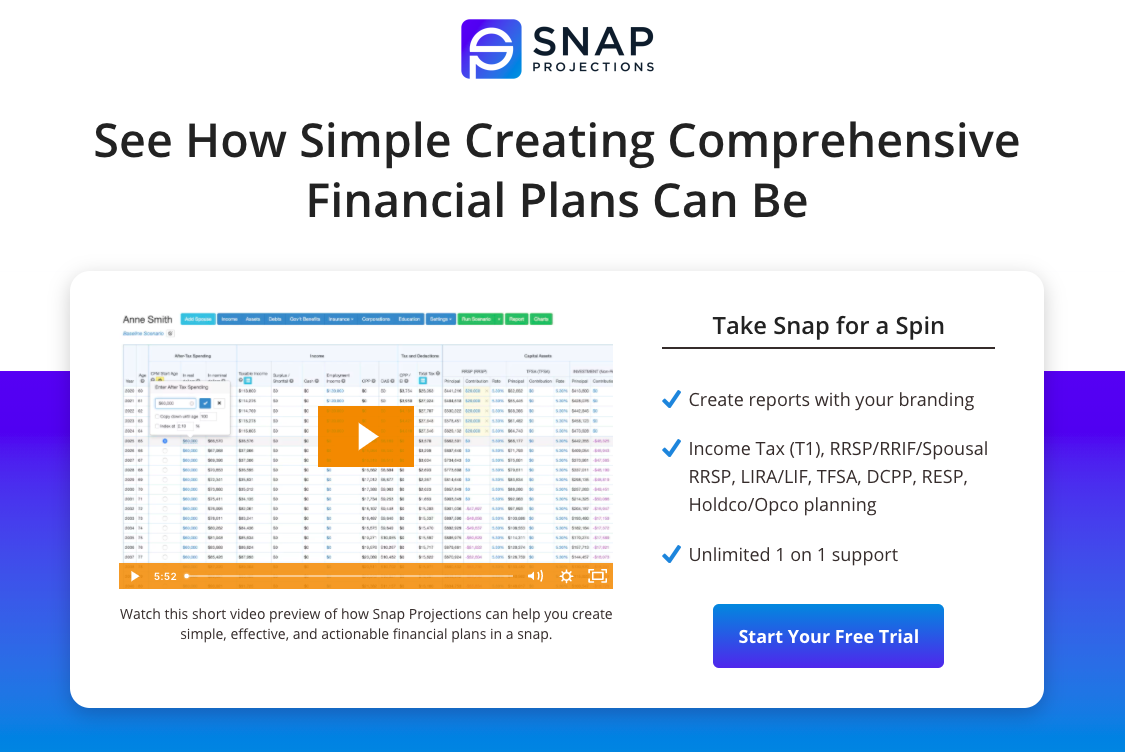
Your headline must communicate your value proposition in simple terms. In most cases, less fluff and getting straight to the point is better. Word it in a way that frames both the benefit and the problem it solves in positive terms.
Step 2: Share Three Pros without Cons
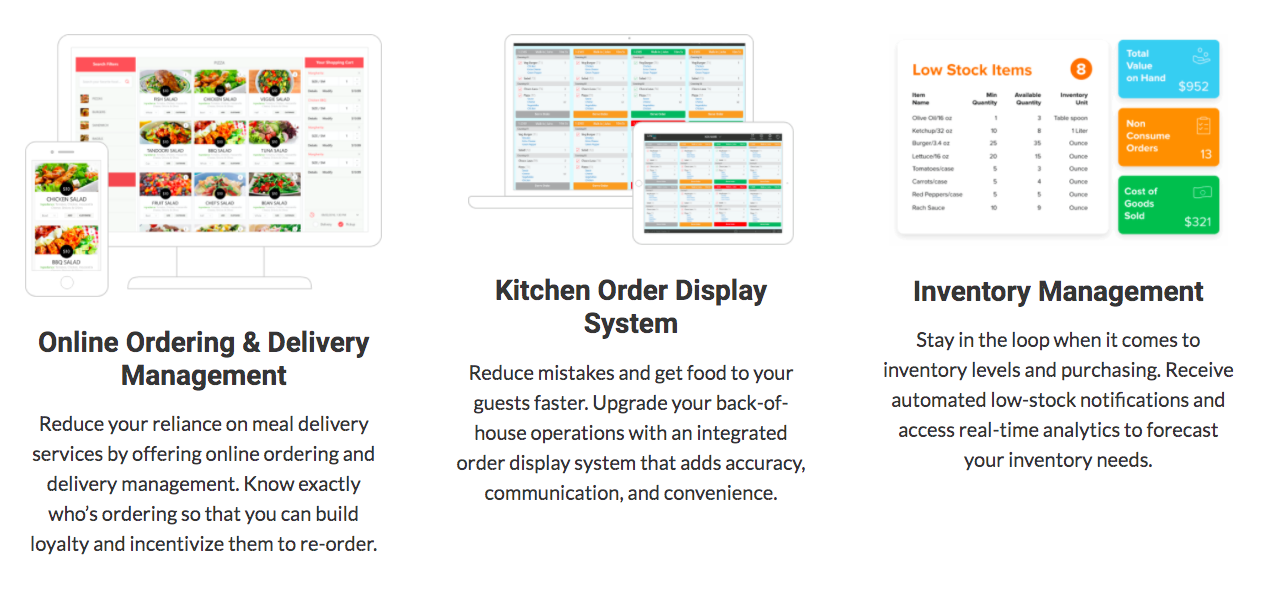
These can be product features or use cases. They’re written like your headline, but are a little more granular. Again, the goal is to frame these elements relative to the pain points they relieve.
Step 3: Draft Compelling Testimonials
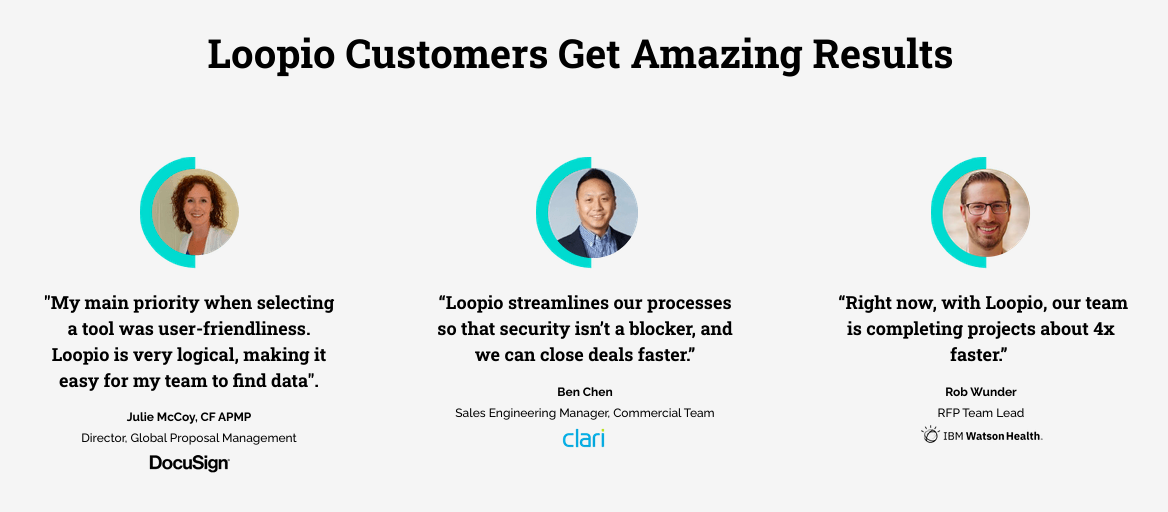
We don’t wait for customers to give us testimonials. Instead, we write their testimonials for them then ask them for approval. This is what’s known as the bullseye method. It’s much more effective than waiting for a customer to give you their stamp of approval because they aren’t copywriters themselves.
Step 4: Finalize Your Calls to Action (CTA)
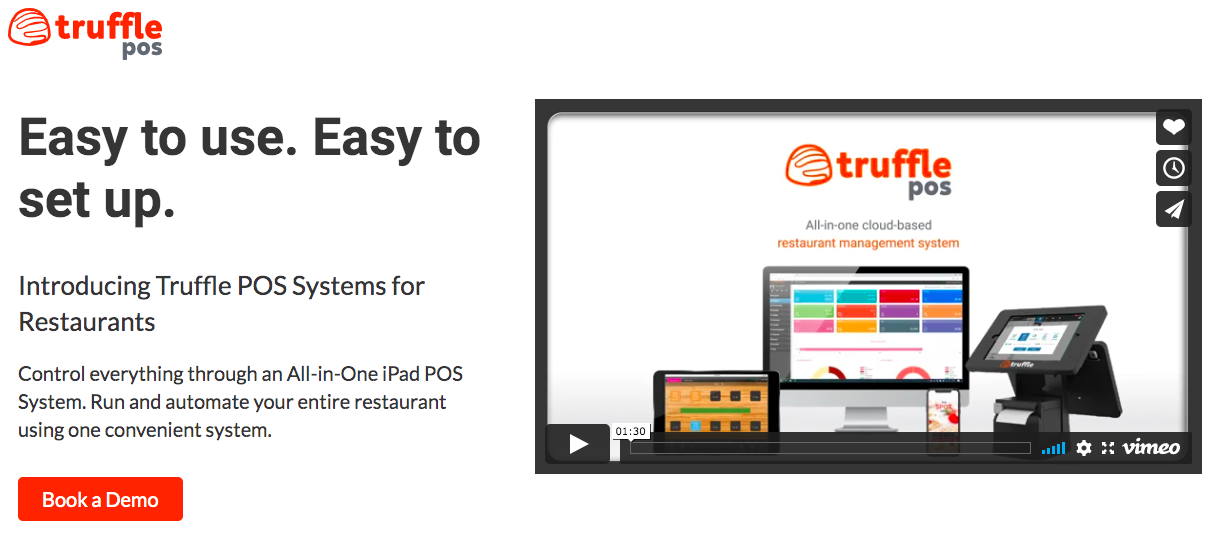
Our philosophy on landing page CTA’s is to focus on just one. By limiting their CTA options, you avoid overwhelming your prospects with too many choices. Presenting fewer choices to site visitors can often result in higher conversion rates.
With that said, some companies insist on offering multiple CTA’s — a trial and a demo for example. When that’s the case, we recommend choosing one as your primary and the other as your secondary CTA. Then, present them on the page in a way that funnels more visitors to the primary one.
For example, you can have a primary CTA button on it’s own at the top of the page then highlight both of them at the bottom.
Landing Page Priority #3: Now, Focus On Design
We like to save the actual design of a landing page for last. It’s really easy to overanalyze the look of a landing page when the other priorities make a bigger difference. A nice looking landing page isn’t hard to make as long as you keep in mind the following best practices:
- Create skimmable content that’s easy to comprehend while scrolling.
- Have a clear call to action near the top of the page.
- Include a hero image and visuals that complement the ideas detailed in the copy.
The design of your next landing page can look a lot like your website’s home page. The biggest difference is that your landing page will answer questions that your home page doesn’t. It will also exclude navigation bars and menus.
There’s no specific number of content blocks that the best SaaS landing pages usually have. But if you’re selling a low-ACV product, your landing page needs to answer basic questions your prospects might have, such as:
- Does this work with my current tech stack?
- How much does it cost?
- How do I get started?
Meanwhile, if you’re one of the exceptions designing a landing page for a high-ACV product, you’ll want to use more blocks of content. Aside from addressing basic features and benefits, you’ll need to include more social proof, such as expanded case studies, too.
Recommended Landing Page Tools
If you’re wondering what you can use to build your next landing page, there isn’t a shortage of great options. We find that Unbounce or Leadpages work great for most companies.
But before you sign up for either one, we recommend assessing your in-house resources to create one first.
If you have full-time designers or developers on your team, often it’s more ideal to have them create your landing page templates instead of using the tools we mentioned above. But if you only have people on your team with limited design experience, like junior designers, then try the tools we mentioned.
Don’t Forget the Thank You Page
We often see SaaS companies treat thank-you pages as an afterthought. But thank-you pages have several important functions and deserve more attention in your marketing efforts.
First, they’re important for communicating what will happen next. Too many companies leave their prospects hanging after they sign up through a landing page, giving them no clear instructions of what to expect next. This can subtly reduce trust with new leads. The alternative approach is to be very clear about exactly what they should do (or what they should expect to happen) next.
In addition, thank-you pages are typically an important page for attribution — used as a specific goal in Google Analytics for conversion tracking.
And finally, a thank-you page is also an underrated conversion opportunity. When creating your own thank-you page, consider including another CTA button. For example, if they’ve signed up to get a lead magnet, include a CTA on the thank-you page that encourages them to sign up to schedule a demo or give your software a free trial.
Closing Thoughts on Landing Pages vs Web Pages
The biggest difference between a landing page and a web page is flexibility.
A landing page is a guided adventure that nudges visitors toward a very specific action or goal. Meanwhile, a good website gives visitors the liberty to choose their own adventure in the buying process.
No matter which one you choose, always aim for simplicity. Great landing pages and websites make the user experience easy. By choosing simplicity over complexity, you can enjoy more conversions with less bounces and exits.
Does your SaaS business need help planning and executing your next PPC campaign through search or social media? Then, reach out and get your Free Marketing Plan today.
What you should do now
Whenever you’re ready…here are 4 ways we can help you grow your B2B software or technology business:
- Claim your Free Marketing Plan. If you’d like to work with us to turn your website into your best demo and trial acquisition platform, claim your FREE Marketing Plan. One of our growth experts will understand your current demand generation situation, and then suggest practical digital marketing strategies to hit your pipeline targets with certainty and predictability.
- If you’d like to learn the exact demand strategies we use for free, go to our blog or visit our resources section, where you can download guides, calculators, and templates we use for our most successful clients.
- If you’d like to work with other experts on our team or learn why we have off the charts team member satisfaction score, then see our Careers page.
- If you know another marketer who’d enjoy reading this page, share it with them via email, Linkedin, Twitter, or Facebook.